
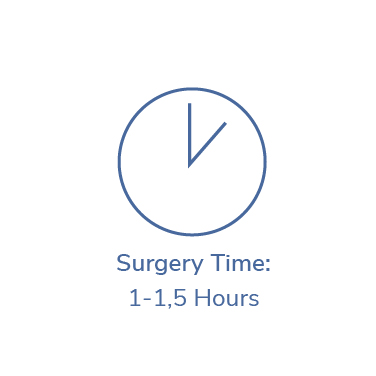

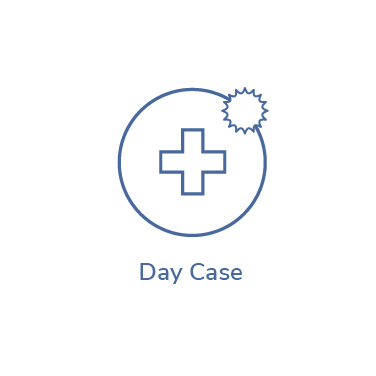




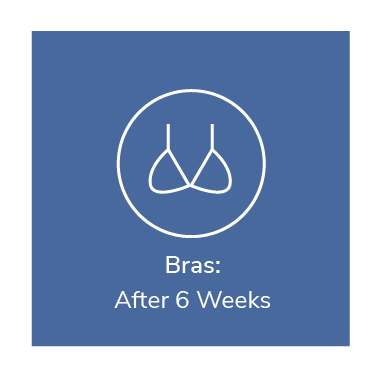



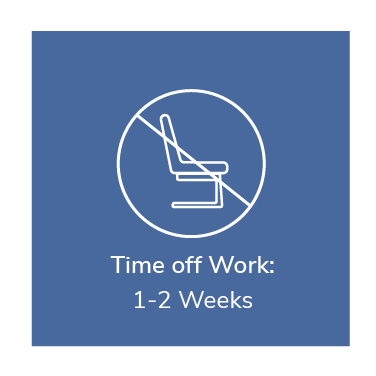


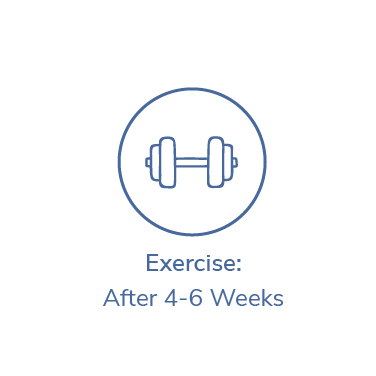
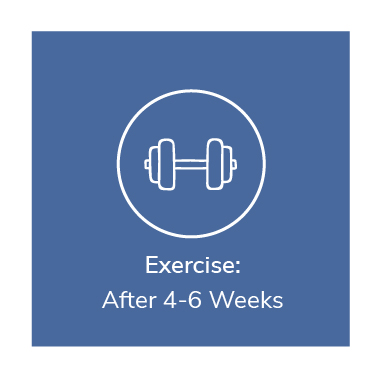

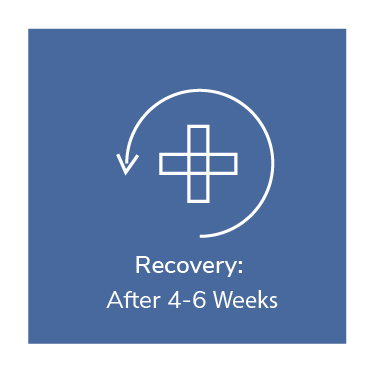


WHAT IS AN ARM & THIGH LIFT?
An arm lift, also known as brachioplasty, is a surgical procedure designed to reshape and tighten the upper arms by removing excess skin and fat. The procedure aims to improve the contour and appearance of the arms, particularly in individuals who have experienced significant weight loss or have loose, sagging skin due to aging or genetics.
During an arm lift, incisions are made on the inside or back of the upper arms, usually from the armpit to the elbow, to allow for the removal of excess skin and fat. The underlying supportive tissues may also be tightened and reshaped. The length and pattern of the incisions depend on the amount of excess skin to be removed and the desired outcome.
A thigh lift, also known as thighplasty, is a surgical procedure aimed at improving the contour and appearance of the thighs by removing excess skin and fat. It is often performed on individuals who have experienced significant weight loss, have loose or sagging skin due to aging or genetics, or desire a more toned and proportionate thigh appearance.
During a thigh lift, incisions are made in the inner thigh, groin area, or outer thigh, depending on the specific concerns and goals of the patient. The length and pattern of the incisions can vary depending on the amount of excess skin to be removed and the desired outcome.
Here is an overview of the arm lift procedure:
Anesthesia: The surgery is usually performed under general anesthesia, which ensures that you are completely asleep and pain-free during the procedure. In some cases, local anesthesia with sedation may be used.
Incision Placement: The surgeon will make incisions on the inside or back of the upper arms, typically from the armpit to the elbow. The length and pattern of the incisions depend on the amount of excess skin and the desired outcome. Incisions are strategically placed to minimize visible scarring.
Excess Skin and Fat Removal: Through the incisions, the surgeon will remove excess skin and fat from the upper arms. The underlying supportive tissues may also be tightened and reshaped to improve the contour.
Skin Redraping and Closure: After removing the excess skin and fat, the remaining skin is redraped and tightened to create a smoother and more toned appearance. The incisions are then closed with sutures, and the surgeon may place temporary drains to collect excess fluid that can accumulate after the surgery.
Dressings and Compression Garments: The incision sites are covered with dressings, and compression garments may be applied to support the healing process, minimize swelling, and provide support to the treated area.
Recovery and Post-operative Care: You will be monitored in a recovery area until you wake up from anesthesia and are stable. Your surgeon will provide detailed instructions for post-operative care, including pain management, wound care, compression garment usage, and follow-up appointments.
Recovery Time: The recovery period varies from person to person, but most individuals can expect some swelling, bruising, and discomfort in the treated areas. You will be advised to rest and avoid strenuous activities, heavy lifting, and vigorous exercise for a certain period. Gradually increase your activity level as instructed by your surgeon.
Results: Over time, as the swelling subsides and the body heals, you will notice improvements in the contour and appearance of your arms. The final results become more apparent as the tissues settle, typically within a few months after the procedure.
Here is an overview of the thigh lift procedure:
Anesthesia: The surgery is usually performed under general anesthesia, which ensures that you are completely asleep and pain-free during the procedure. In some cases, local anesthesia with sedation may be used.
Incision Placement: The surgeon will make incisions in the inner thigh, groin area, or outer thigh, depending on the specific concerns and goals of the patient. The length and pattern of the incisions can vary depending on the amount of excess skin and the desired outcome.
Excess Skin and Fat Removal: Through the incisions, the surgeon will remove excess skin and fat from the thighs. The underlying supportive tissues may also be tightened and reshaped to improve the contour.
Skin Redraping and Closure: After removing the excess skin and fat, the remaining skin is redraped and tightened to create a smoother and more contoured appearance. The incisions are then closed with sutures.
Dressings and Compression Garments: The incision sites are covered with dressings, and compression garments may be applied to support the healing process, minimize swelling, and provide support to the treated area.
Recovery and Post-operative Care: You will be monitored in a recovery area until you wake up from anesthesia and are stable. Your surgeon will provide detailed instructions for post-operative care, including pain management, wound care, compression garment usage, and follow-up appointments.
Recovery Time: The recovery period varies from person to person, but most individuals can expect some swelling, bruising, and discomfort in the treated areas. You will be advised to rest and avoid strenuous activities, heavy lifting, and vigorous exercise for a certain period. Gradually increase your activity level as instructed by your surgeon.
Results: Over time, as the swelling subsides and the body heals, you will notice improvements in the contour and appearance of your thighs. The final results become more apparent as the tissues settle, typically within a few months after the procedure.
Candidates for arm and / or lift surgery may include:
Individuals with significant weight loss
Aging individuals
Those with hereditary factors
Individuals with stable weight
Good overall health
Realistic expectations

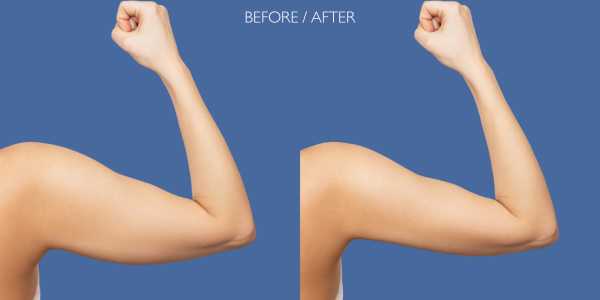

WHAT they say
Before the treatment I was always bullied about my lopsided face and bad skin condition. Thank you!
virginia hudson
Beauty has so many forms, and I think the most beautiful thing is confidence and loving yourself.
Kiesza
I had the most amazing experience, from the moment I walked in to the moment I walked out I was cared for with such compassion. All the nurses were amazing, they tucked me in bed, they poured my tea, I cannot fault them. It was like being looked after by family. My anesthetist and surgeon explained everything in detail, I knew exactly what to expect. I would definitely stay here again.
Laura
I was really pleased with the care and treatment that I received at Welbeck Hospital. My surgeon was kind and informative and explained the entire procedure to me. I recovered completely fast. I would recommend it to everyone.
Eva Elliot
FAQS
The recovery time after an arm lift can vary depending on the individual and the extent of the procedure. Generally, you can expect some swelling, bruising, and discomfort in the treated area for a few weeks. Most individuals are able to resume light activities within a week or two and gradually return to normal activities within a few weeks to a month. It is important to follow your surgeon’s post-operative care instructions to ensure proper healing and minimize complications.
Arm lift surgery does involve incisions, which will result in some scarring. The length and pattern of the incisions will depend on the individual case and the extent of the surgery. However, a skilled surgeon will place the incisions strategically in areas that can be easily concealed or minimized when the arms are in a relaxed position. Over time, the scars will fade and become less noticeable, but complete scar elimination is not guaranteed.
Yes, liposuction can be combined with an arm lift to achieve optimal results. Liposuction can help remove excess fat deposits in the upper arms and enhance the overall contour and definition. Your surgeon will assess your specific needs and discuss whether combining liposuction with an arm lift is appropriate for you.
As with any surgical procedure, there are risks and potential complications involved. These can include infection, bleeding, scarring, fluid accumulation, poor wound healing, changes in sensation, asymmetry, or unsatisfactory aesthetic outcomes. Choosing a qualified and experienced plastic surgeon and following their instructions for pre- and post-operative care can help minimize these risks. It is important to have a thorough consultation with your surgeon, discuss your medical history, and understand the potential risks and benefits specific to your case.
Thigh lift surgery involves incisions, which will result in some scarring. The length and pattern of the incisions will depend on the specific technique used and the extent of the procedure. However, a skilled surgeon will place the incisions strategically in areas that can be easily concealed or minimized when wearing clothing or swimwear. Over time, the scars will fade, but complete scar elimination is not guaranteed. It is important to discuss the placement and potential appearance of scars with your surgeon during the consultation.
The recovery time after a thigh lift can vary depending on the individual and the extent of the procedure. You can expect some swelling, bruising, and discomfort in the treated area for a few weeks. Most individuals are able to return to light activities within a week or two and gradually resume normal activities within a few weeks to a month. It is important to follow your surgeon’s post-operative care instructions, which may include wearing compression garments, avoiding strenuous activities, and attending follow-up appointments for proper healing and monitoring.
Yes, liposuction can be combined with a thigh lift to enhance the overall results. Liposuction can help remove excess fat deposits in the thighs and improve the contour and shape. Your surgeon will assess your specific needs and discuss whether combining liposuction with a thigh lift is appropriate for you.
As with any surgical procedure, there are risks and potential complications involved. These can include infection, bleeding, scarring, asymmetry, changes in sensation, fluid accumulation, poor wound healing, or unsatisfactory aesthetic outcomes. Choosing a qualified and experienced plastic surgeon and following their instructions for pre- and post-operative care can help minimize these risks. It is important to have a thorough consultation with your surgeon, discuss your medical history, and understand the potential risks and benefits specific to your case.







